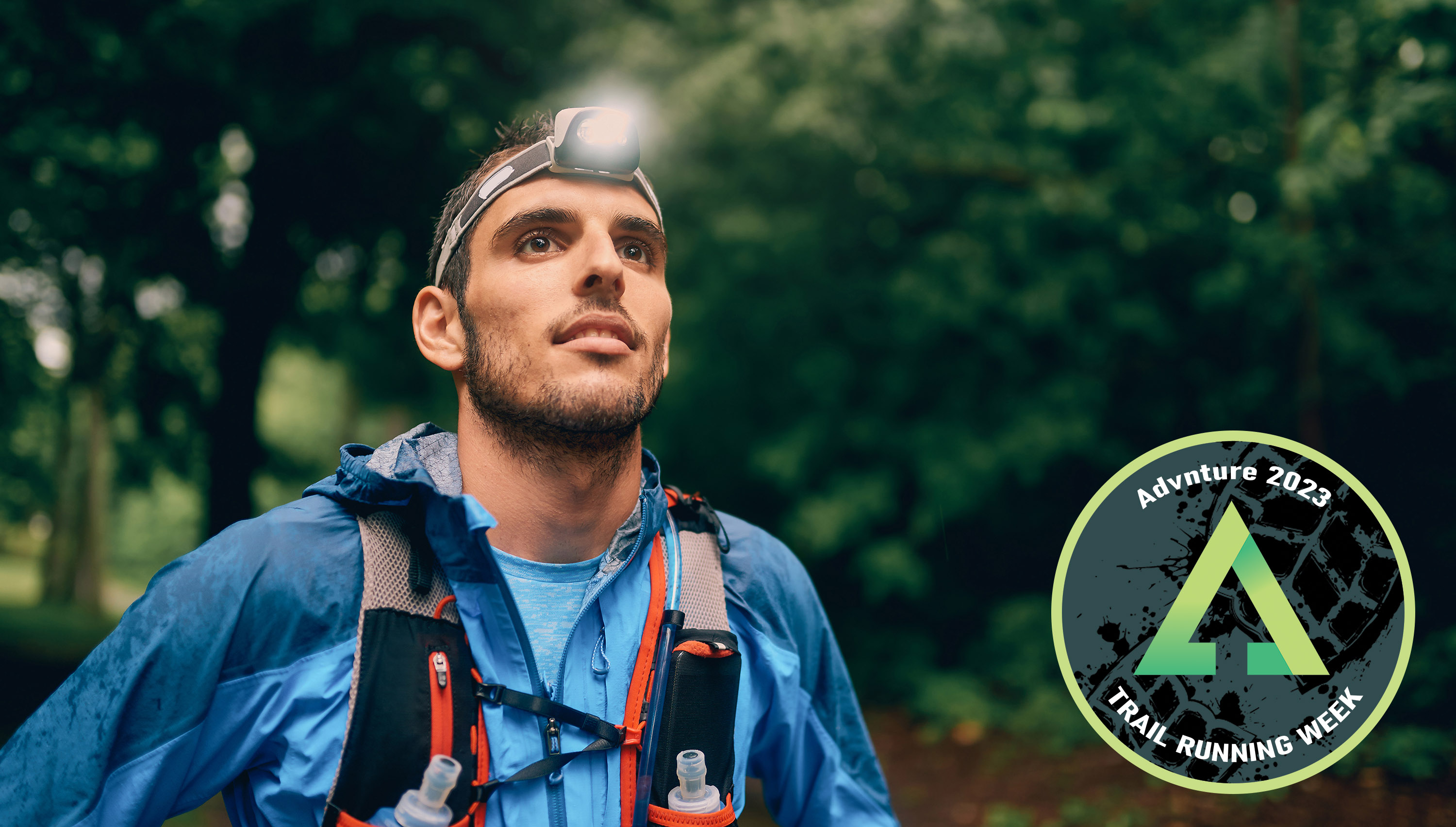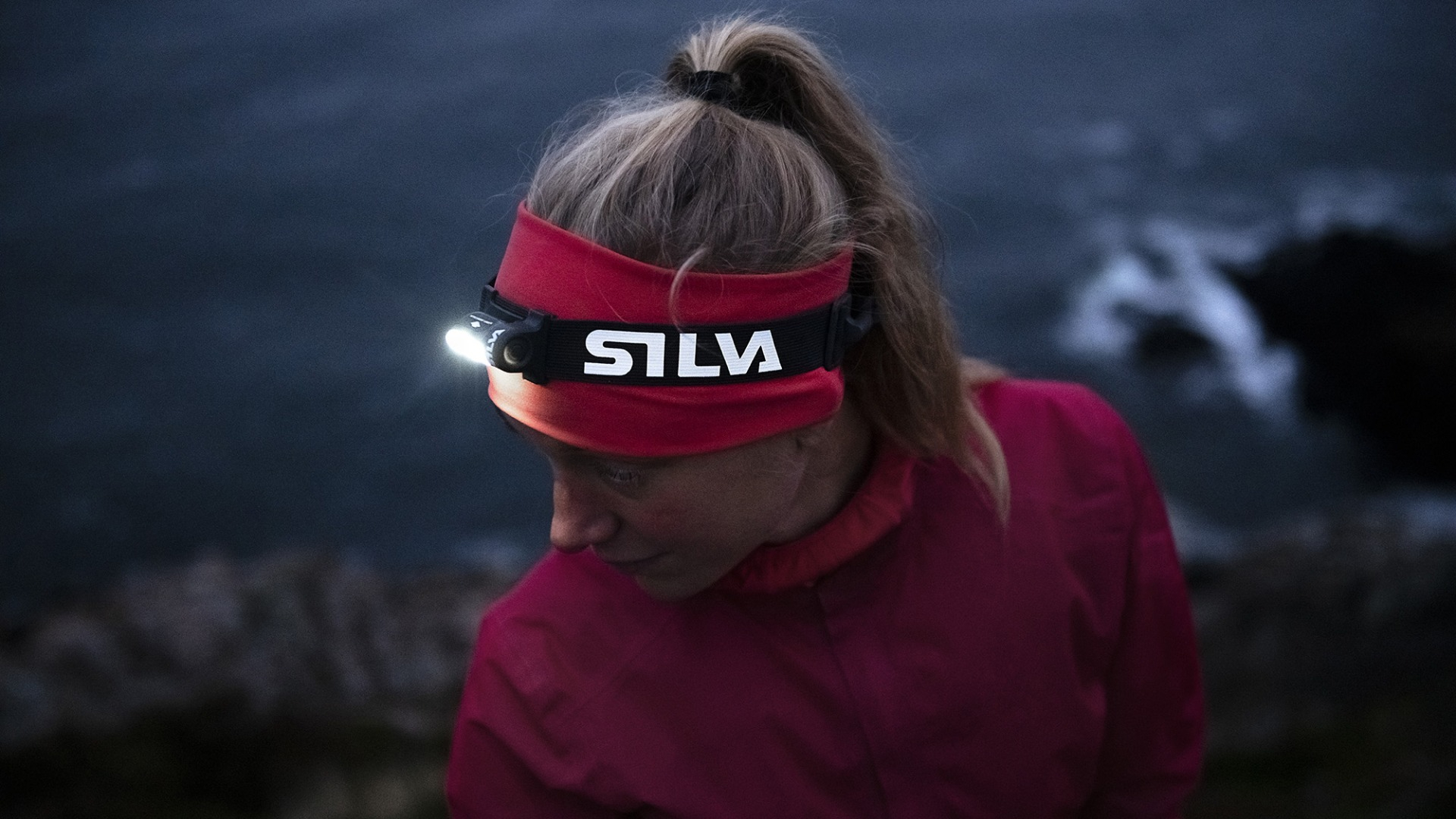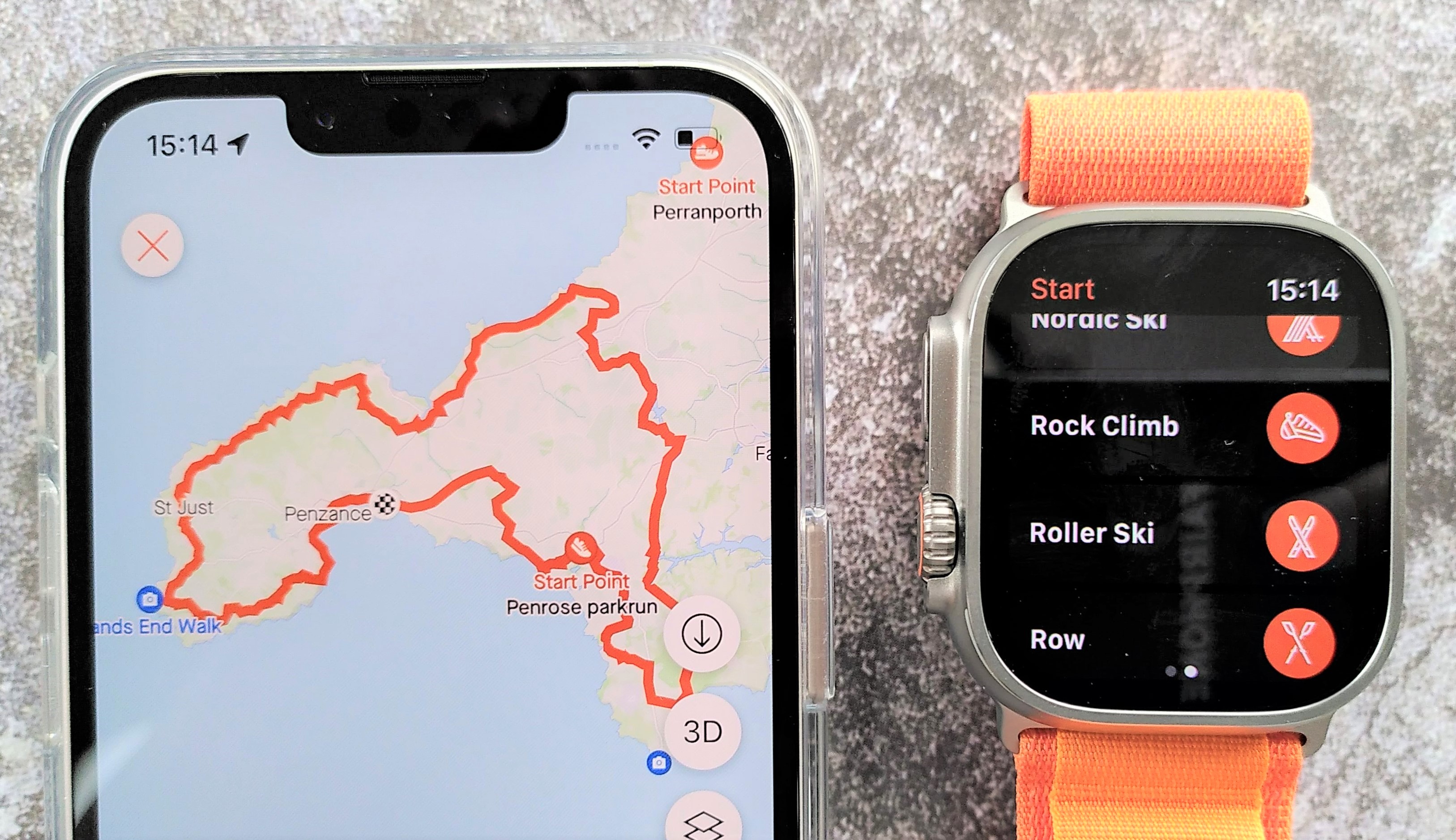
Trail running is a simple hobby at heart, and all you really need to get started is a decent pair of trail running shoes that can handle the mud and rocks. However, if you want to get the most out of your run, or go exploring in less than ideal conditions, the right tech can be invaluable.
Here, I've rounded up some of the best trail running tech that you might want to consider if you're falling in love with the sport. These recommendations all come from personal, muddy experience, and although none are essential (other than a headlamp if you're running in the dark) they can greatly improve your experience.
You'll notice that there are no running headphones in this guide. I love running to music or a good podcast when I'm on the roads, but when I'm heading into muddier ground I think it's best to leave your ears open. That's a no-brainers if you live in an area with potentially dangerous wildlife like mountain lions or wolves, but even if you don't, leaving the headphones at home lets you enjoy the sounds of nature. You may disagree, but I think birdsong, rushing water, the hum of insects, and the wind in the trees are the best soundtrack for the trail.
Headlamp
If you're running in the early morning or evening, or in bad weather like heavy rain or fog, a good headlamp is essential. Night falls quickly on the trails, and if you don't have a good lamp you'll be in serious trouble. Look for one with a high water resistance rating so it can handle sudden downpours without failing.
It's also wise to pick one with a battery pack so you can keep spare batteries in your running backpack and replace them on the move. Smaller rechargeable headlamps are lighter, but when you're in the backcountry it's more important to have a light that you can rely on. It's also wise to look for a light with a long maximum beam length, so you can see potential obstacles well ahead of time. Nobody wants to be taken out by a low-hanging branch to the forehead, or trip in a rabbit hole.

The Silva Trail Runner Free is our top choice for muddy runs after dark. It has an enormous maximum output of 400 lumens, and can run from its own rechargeable battery, a AAA battery pack, or a combination of both. It's comfy too, thanks to well designed padding, and we love its combination of a wide-angle light and focused beam for maximum field of view. It's not too expensive, either.
GPS watch
First, I should say that if you're heading into a remote area, there's no substitute for a map and compass. Accidents happen, batteries can fail, and watches can be broken, so you should never go exploring unknown territory without a map and compass as a backup.
All the latest inspiration, tips and guides to help you plan your next Advnture!
That said, a GPS watch can be extremely helpful for trail runners, whether you use it as a navigational aid or not. During training it will help you track your progress, and give you suggestions to help keep your training routine balanced. It will help you pace yourself throughout your runs so you don't head out too fast and wind up bonking, and some of the best devices can also help you manage your effort on hills.
Entry-level sports watches are often designed with road running in mind. If you're heading out somewhere remote it's worth considering a mid-range model with multi-frequency GPS, which will allow it to pinpoint your location more accurately in tricky areas such as densely wooded areas and near cliffs. Keep an eye out for watches with physical buttons, which are easier to use than touchscreens when your hands are cold, wet, or wearing gloves, and look for tough materials like sapphire crystal and stainless steel that won't scuff easily.

If you own an iPhone then the Apple Watch Ultra is a solid choice. Its built-in compass is particularly good, its multiple microphones are designed to eliminate wind noise outdoors. and it can emit a loud siren to attract attention in an emergency. The only downside is that it doesn't have its own route-planning tool for trail adventures, but there are three great third-party apps to solve that problem.
The Amazfit T-Rex Ultra is also an excellent choice, particularly if you aren't going to be able to charge your watch for several days. Despite having a bright AMOLED display, it can run for around 20 days between charges in standard use. If you don't need Wi-Fi and don't mind skipping the metal components, the Amazfit T-Rex 2 is a good, more affordable alternative.
The Garmin Enduro 2 is a solid option as well. Its extra-large screen is ideal for maps, and its battery life is excellent, particularly when its solar cell gets a regular dose of sunlight on the trails.
Satellite communicator
Trail running is fantastic fun, but mud, rocks, and roots are all hazards that can result in a twisted ankle or worse if you or one of your running buddies is unlucky. If your adventures have taken you away from civilization and cellular reception, a satellite communicator could really save your bacon. These little devices (and there are some very small ones around) let you send an emergency message to a central hub, which can connect you to the appropriate emergency services even in remote locations.

Garmin inReach devices are perhaps the best known, and the inReach Mini 2 is so tiny, it won't weigh you down while you're running. It measures just 2.04 x 3.90 x 1.03 inches, and weighs 3.5oz. You'll need an inReach subscription in order to use it, but there are monthly plans available so you don't have to commit to paying for an entire year up front.
It won't just come in handy for for running emergencies either; you can also use it while hiking and camping, or even to summon help if your car breaks down somewhere isolated.
This article is part of Advnture's Trail Running Week 2023 (running from Monday 27 March to Sunday 2 April), our in-depth look at how to train smarter, choose the right gear, and have fun when things get muddy.

Cat is the editor of Advnture, She’s been a journalist for 15 years, and was fitness and wellbeing editor on TechRadar before joining the Advnture team in 2022. She’s a UK Athletics qualified run leader, and in her spare time enjoys nothing more than lacing up her shoes and hitting the roads and trails (the muddier, the better), usually wearing at least two sports watches.
